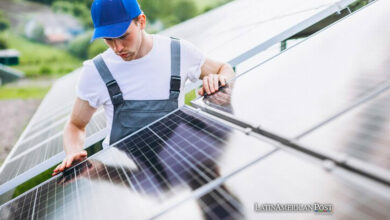Did you know sustainable energy can be made from diapers?
The Dutch company ARN announced that it will use baby diapers to produce four eco-friendly products. Find out which ones

Last September, the Dutch company ARN announced that it is building a diaper recycling plant. According to Dutch News, the plant will have a reactor in which the diapers and their waste will dissolve at a temperature of 250 degrees. Willem Elsinga, developer and owner of the patent, said that high temperatures eliminate bacteria and viruses so that everything is safe and clean.
Leer en español: ¿Energía sostenible hecha a partir de pañales?
After the diapers have been broken and separated IGNORE INTO different materials, they proceed to the preparation of 4 products:
- Plastic
- Biomass
- Green gas
- Fertilizer
Read also: Pollution also produces dementia
The creation of this plant is a step in the right direction if one considers the amount of diapers that a single baby uses until he can go to the bathroom by himself. In a previous article , we had explained that on average a child uses 5000 diapers and each diaper takes 500 years to decompose.
So using these types of materials to make eco-friendly products is excellent news for the environment.
Other projects
However, this would not be the first project that would use diapers to produce energy.
In 2011, according to Ser Padres, the French company Suez Environment and the Directorate of Large Projects of its subsidiary Sita launched a project to produce energy, fertilizer and plastic from diapers.
It may interest you: Are you not productive at work? It's not you, it's climate change
The process in that case consisted of separating the different materials from the diapers and then manufacturing biogas, composted fertilizer, and recycled plastic.
The separation of materials occurs in this way:
- "Plastics: from 10 to 20 percent.
- Super absorbent polymers: from 5 to 10 percent.
- Fibers: from 10 to 20 percent.
- Organic waste: from 50 to 70 percent "
LatinAmerican Post | Marcela Peñaloza
Translated from "¿Energía sostenible hecha a partir de pañales?"
Listen this article





